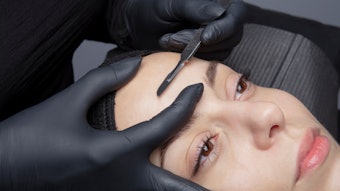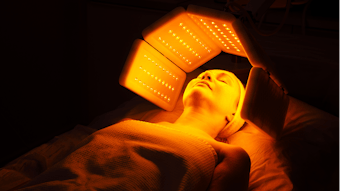As I return from the 68th Annual American Academy of Dermatology (AAD) meeting in Miami Beach, I can’t help but reflect on some recent findings that were shed on melanoma.
In fact, this year marks the 25th anniversary of the ABCDs of melanoma. At the meeting, Harold S. Rabinovitz, MD, FAAD, volunteer professor in the department of dermatology at the University of Miami Miller School in Miami, discussed the latest diagnostics used to catch early stage melanomas and why the ABCDs of melanoma continue to help consumers and professionals alike understand the nuances of this disease. “Unfortunately, melanoma is the great masquerader and millions of moles have at least one feature that falls into the criteria dermatologists refer to as the ABCDEs of melanoma,” says Rabinovitz. “That’s why in addition to visually inspecting the skin, high-tech diagnostic tools in the future will be helpful in determining whether a suspicious mole is actually a melanoma or a benign lesion.”
Note that Rabinovitz said ABCDEs. Recently, the AAD has added an “E” to the Asymmetry, Border, Color, Diameter criteria. It stands for Evolving—changing in size, shape or color. “A mole with any of these characteristics, or one that is an ‘ugly duckling’—meaning it looks different from the rest—should be brought to a dermatologist’s attention immediately for proper evaluation,” reminds Rabinovitz. “Visually inspecting a suspicious mole is the first step in determining whether it is a melanoma, and dermatologists now have a host of technologically advanced tools to confirm a diagnosis.”
Rabinovitz discussed new advancements in clinical diagnosis of melanoma, including:
- Reflectance confocal microscopy (RCM), a procedure performed with a laser light that can focus on a specific spot within the tissue;
- Gene profiling, which Rabinovitz believes might play a role in the clinical evaluation of melanoma; and
- Future technologies that have a goal of developing a reliable, non-invasive diagnostic tool to aid dermatologists in the early detection of melanoma.
As a spa professional, you know the importance of early diagnosis, and the importance that your referral to a dermatologist potentially could have for your client. Be sure that you and your team all understand, and practice, the ABCDEs of melanoma. In addition, you can download the AAD’s “Body Mole Map” at www.melanomamonday.org/documents/Body_Mole_Map_11-09.pdf. This tool creates a record clients can use to track spots on their skin.
Early detection is key to help treat this disease that affected 68,720 people in 2009, per AAD statistics. If you notice something unusual in a client’s skin, refer her to a dermatologist immediately. And since May is Melanoma Awareness Month, what better time than now to revisit the ABCDEs?
Until next month,
Melinda Taschetta-Millane
Editor in Chief










